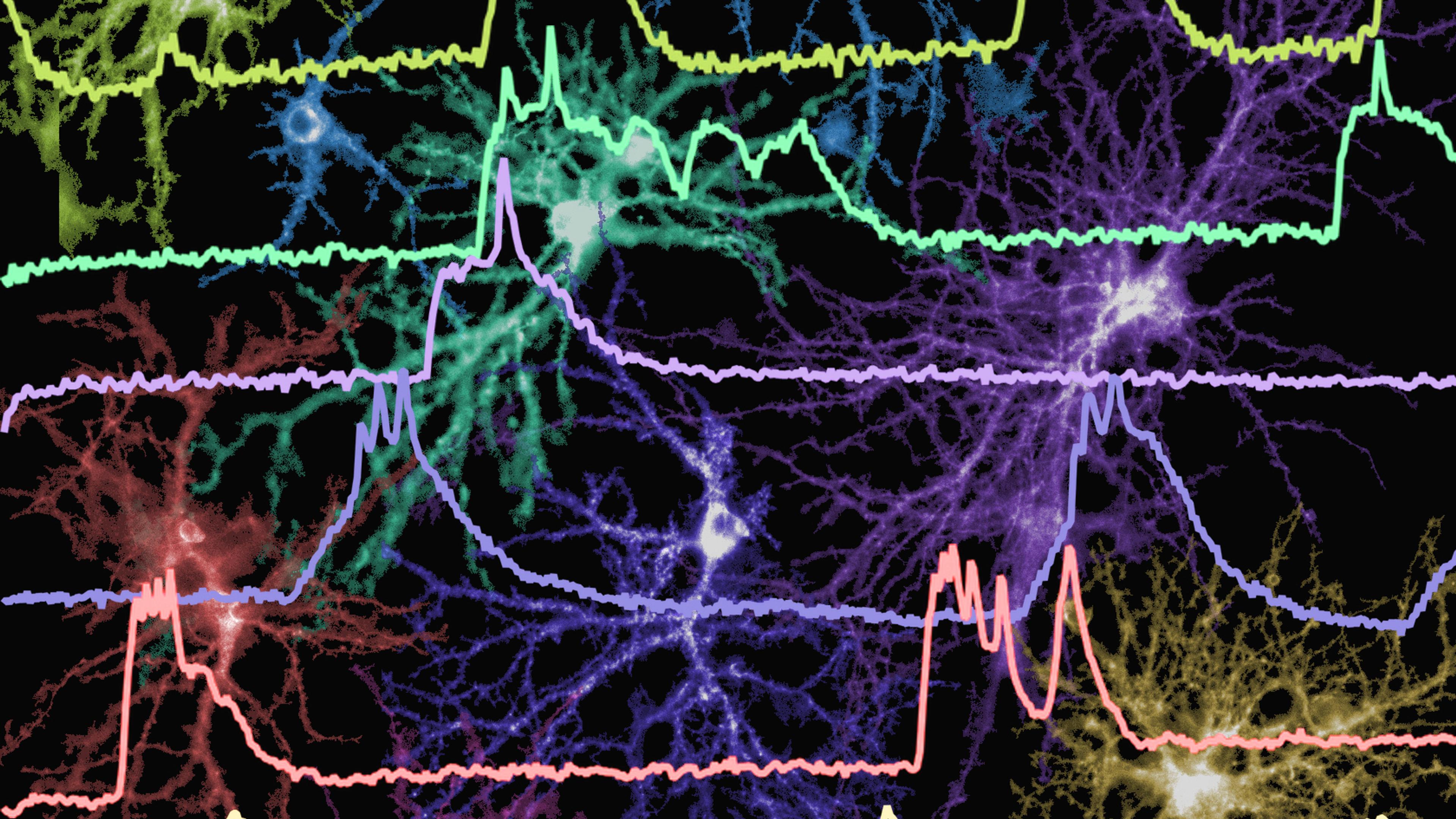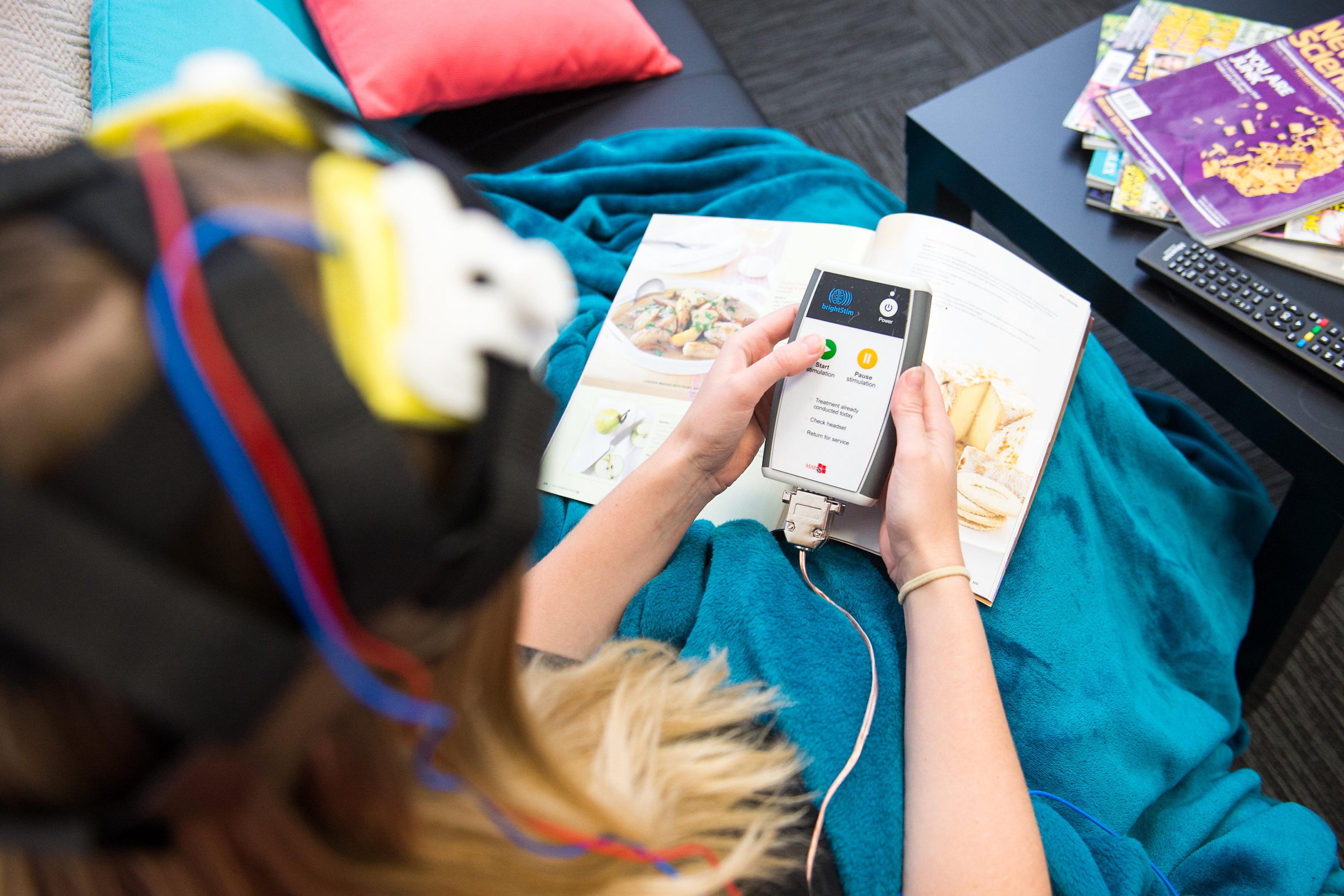What do you think about when you hear the words ‘electroconvulsive therapy’ or ‘ECT’? I’m guessing that many of you picture the film One Flew Over the Cuckoo’s Nest (1975). Based on the 1962 novel of the same name by Ken Kesey, it tells the story of Randle Patrick McMurphy (played by Jack Nicholson), a patient on a psychiatric ward. The medical staff, including the villain Nurse Ratched, use ECT as a threat and to subdue people. The film explores the themes of individuality and free expression, and the tendency of an institution to crush these.
The film portrays ECT as violent and inhumane, and, historically, it could indeed be brutal. ECT was preceded by convulsive therapy, which was first used with patients with schizophrenia in the 1930s. Convulsions, or fits, were induced using chemicals. These were effective in reducing symptoms, but it was difficult to ensure that the patient was safe because the timing of the fit was unpredictable. Then, in 1938, the Italian neurologist Ugo Cerletti discovered that passing an electric shock through the brain could also induce a seizure, one that was more controlled, and ECT was born. The technique quickly spread through Europe and the rest of the world, initially as a treatment for schizophrenia before doctors established it worked best for those with depression. However, it could be harmful: in the early days, ECT was given without muscle relaxants or an anaesthetic. This meant it resulted in a full fit, sometimes causing broken bones and teeth.
This bears little relation to how ECT is used today. I have worked in psychiatric hospitals in Britain since the 1980s, and during my career this treatment has become increasingly refined. Patients who have ECT are now anaesthetised as they would be for minor surgical procedures and are asleep during the treatment. They usually receive two treatments a week for about six weeks, either as an inpatient or outpatient, and their response is carefully monitored. We also select patients with more care. The numbers being treated with ECT have declined as we learn more about who will really benefit.
Today, ECT is given only to patients under very specific circumstances. ECT is recommended for acute treatment of severe depression that’s life‑threatening and when a rapid response is required, or if other treatments have failed. Severe depression can lead to a state of withdrawal where ordinary social activities are impossible; there might be danger to life from suicide, dehydration or starvation. I see this particularly in the elderly patients with whom I work. Similarly, ECT is an option for individuals with catatonia (a condition with both psychological and movement abnormalities) or a prolonged or severe manic episode – but, again, only when the condition is considered to be life-threatening or if other treatment options have been ineffective. It’s no longer recommended as a treatment for schizophrenia.
ECT can also be considered in moderate depression, if the patient hasn’t responded to multiple drug treatments and psychological treatment. When giving ECT, it’s vital that psychological treatments aren’t forgotten. Unless it’s an emergency, I ask all my patients to see a psychologist before we consider ECT. The psychologist will assess them and advise if psychological treatment might be helpful. I’ve had patients who have recovered as a result of this without the need for ECT.
But for those who go ahead with ECT, the results can seem miraculous. I remember a patient whose depression worsened until they’d stopped eating and drinking completely. They believed that their insides had stopped working, and that there was nowhere for the food and fluid to go. Their physical health was deteriorating quickly, and we decided to treat them with ECT. Immediately after the first treatment, they accepted a cup of tea and a piece of toast. Soon after this, their odd ideas returned, but with further ECT treatments they made a full recovery and were discharged from hospital.
The research demonstrates that ECT is indeed a useful treatment. In 2003, a group of researchers in the UK reviewed six randomised controlled trials of ECT – the gold standard for assessing the effectiveness of a medical treatment. In these studies, patients with depression were given either real ECT or simulated ECT (in simulated treatment, the patient was anaesthetised and given muscle relaxants but didn’t receive an electrical stimulus). The researchers found that the patients treated with the real ECT made a better recovery than those who had the simulated treatment.
However, most of these studies were done around 40 years ago, and included only a small number of participants. It would be useful to have a new, larger randomised controlled trial. One reason this hasn’t happened is that this research is particularly hard to conduct: many patients prescribed ECT are too ill to consent to taking part in a trial.
Such a trial would be useful to understand not just the effectiveness of ECT, but also its side-effects. ECT has a number of possible side-effects, both from the treatment and from the repeated anaesthetics. Side-effects of anaesthetics include chest infections and heart problems. To protect against these, patients have a full medical examination and blood tests before the ECT is given. They might need a chest X-ray or heart tracing to check that their lungs and heart are healthy. If these tests show medical problems, they will be discussed with the anaesthetist who will advise on whether it’s safe for the patient to have treatment. But, like all medical treatments, the risk of side-effects can’t be eliminated completely.
Of particular concern is possible memory loss. At least a third of patients experience memory loss after ECT. One of my patients attended the birthday party of their young grandchild during a course of ECT. Afterwards, they had no memory of this, and had to rely on photos and a description from a relative to know that they’d been there. After the treatment finished, they could make new memories as before. But there are other patients who claim that the long-term side-effects have been severe enough to stop them from working, and have had a catastrophic effect on their lives.
When considering ECT, patients and their families must take these risks into account. As with all medical treatments, there is a balance between the benefit of relieving symptoms and the risks of side-effects. But in hospitals today, compared with institutions of the past, patients are at the heart of this discussion. When I was president of the Royal College of Psychiatrists in 2020, we produced a patient information resource for people having ECT that laid out possible risks and side-effects. In the UK, ECT can be given without consent to patients not well enough to understand what’s likely to happen if they refuse. But there are many safeguards in place and a number of steps are taken before this happens, underpinned by the law. It’s also possible for people to make a written advance statement about their wishes concerning ECT, as they can for other treatments. These wishes will be followed except under very specific circumstances.
I’m sometimes asked whether I would have ECT myself, should I ever need it, or whether I would recommend it to a friend or member of my family. Having worked in psychiatric wards for more than 30 years, and seen the benefits that this treatment can bring, my answer is a definite yes – as long as medication and psychological therapy have been tried first, or if there is an immediate risk to life. One day I hope we’ll have a better understanding of depression and a better set of treatments. But for now, ECT is one of the most effective treatments for severe depression that we have.








